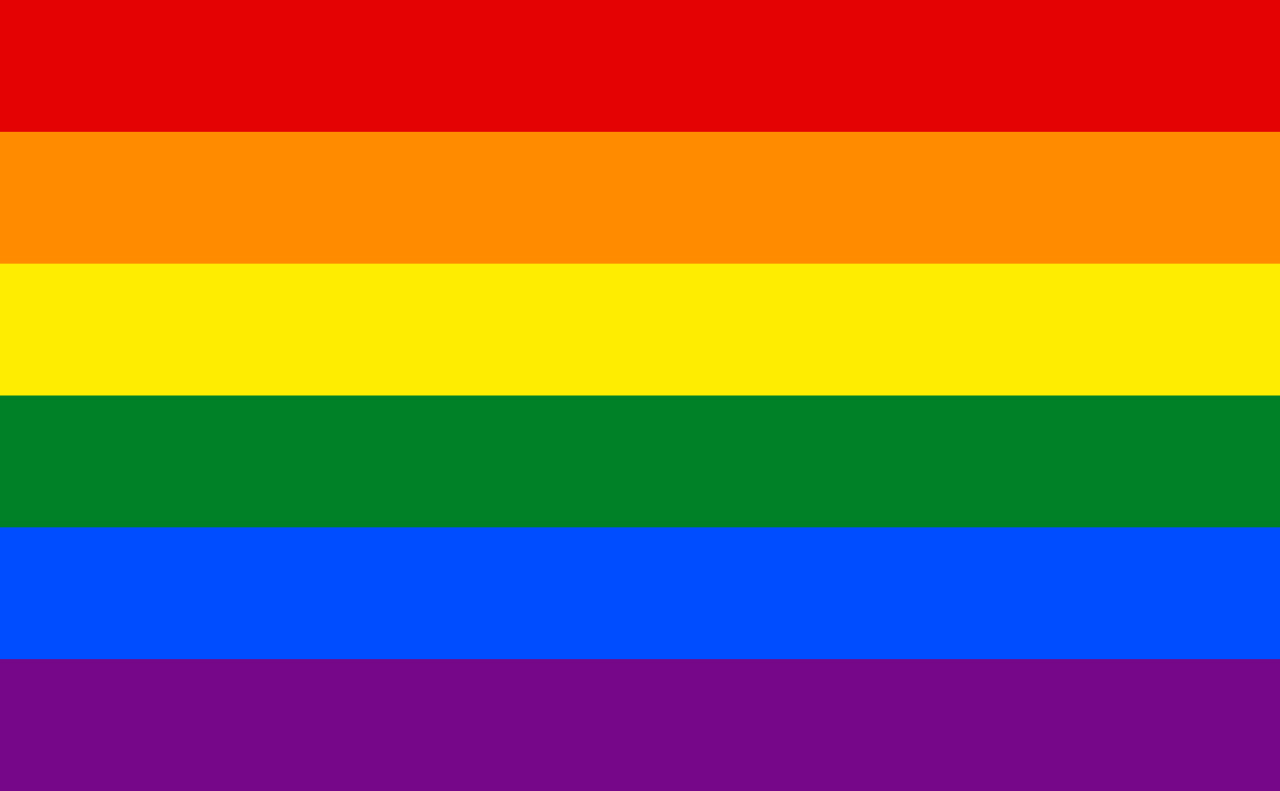I am what I am, so take me as I am

Oh, what a happy day to be back! The title of this piece, a quote from Goethe, is the opening line of the historic verdict delivered by the Indian Supreme Court today. A five-judge bench ruled unanimously that Section 377 of the IPC – that criminalizes homosexual acts – was unconstitutional. It violates the fundamental rights to equality (Article 14), non-discrimination (Article 15), and privacy (Article 21.) The anti-homosexual sex laws were imposed in India as part of laws against public vice and immorality instituted across the British empire. Section 377 was over 158 years old, a Victorian-era cancer we couldn’t seem to shake off, even though we shook off our colonizers.
Homosexuality and the laws surrounding it have had a long and complicated post-independence history. Many critics of Section 377 have argued that prior to the law, the country was more accepting – in a progressive way- of the idea of fluid gender and homosexual sex. Supporters of 377 argued that homosexuality has always been “unnatural” and “cannot be supported”. This view was endorsed by Home Minister Rajnath Singh as recently as 2013. The striking down of section 377 has never been a political priority. For fear of prosecution and stigma, LGBTQI persons in India have struggled to advocate for themselves, relying on NGOs to speak on their behalf. Various petitions stagnated in the molasses that is the Indian judicial system. The first petition brought in 1995 by a campaign group sought to demand better treatment of HIV-positive people. It was dismissed by the Supreme Court in 2001, seven whole years later, when the lawyers for the group failed to appear. Later that year, another NGO working for the rights of HIV-positive persons challenged Section 377 once again. That case was finally heard by the Delhi High Court in 2009, where the Court ruled that it did not pertain to consensual sex. This was overruled by the Supreme Court in a massive blow in 2013, on the grounds that amending of laws is a job for the executive, not the judiciary.
This bleakness (and downright regressive ruling) was pierced by a ray of sunshine in the form of a Supreme Court judgment which said that individuals had a fundamental right to privacy, and that – unrelatedly, but noteworthily – Section 377 conflicted directly with it. This opened the door the the six petitions heard in July, that culminated in the recognition that the regressive law was used to blackmail, harass and abuse India’s gay and transgender population. In 2015, about 1500 people were arrested under the rule. Generations of people have suffered humiliation, shame, trauma and violence due to their sexual orientation. It has had a chilling effect on the exercise of several rights and freedoms, most notably the right to expression.
With this ruling, the court has granted freedom to an estimated 8 million LGBTQI people – about 8% of the country’s population. In her concurring judgment, Justice Indu Malhotra wrote, “[s]exual orientation is immutable, since it is an innate feature of one’s identity, and cannot be changed at will. The choice of LGBT persons to enter into intimate sexual relations with persons of the same sex is an exercise of their personal choice, and an expression of their autonomy and self-determination.” Denying people their identity cripples one’s sense of self. Acknowledging that members of this community have been forced to “live a life full of fear of reprisal and persecution,” Justice Malhotra said that “[h]istory owes an apology to the members of this community and their families, for the delay in providing redressal for the ignominy and ostracism that they have suffered through the centuries.”
Finally, India has moved out of the company of countries with regressive gender laws like Iran and Saudi Arabia. There are, of course, several other issues that will need to be addressed in order for the LGBTQI population to fully be able to exercise their rights. Some of these include marriage equality, and surrogacy. The hope is that this is the first step of many progressive laws, that act as harbingers of a more liberal and accepting environment that takes into account the identity of humanity of every individual.
Here’s a link to the full judgment. Happy reading!


